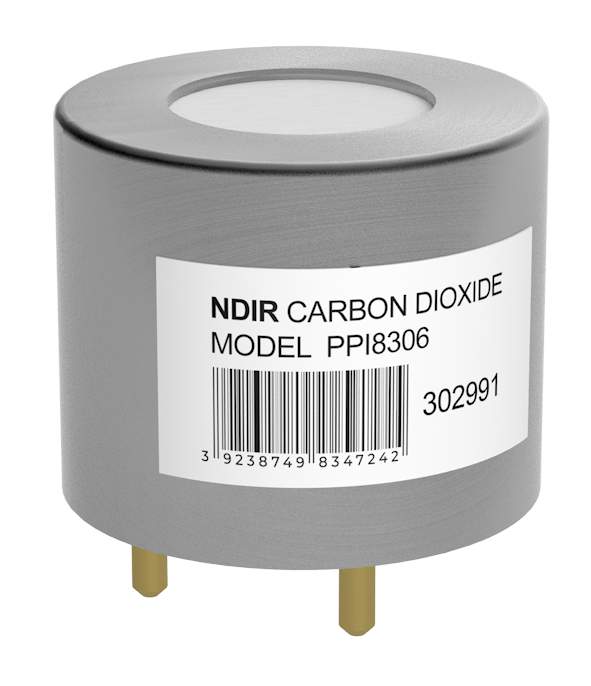Carbon Dioxide
Carbon dioxide (CO2) is a naturally occurring gas that is essential for the survival of plants and animals. However, high concentrations of this gas, especially in indoor environments, can have detrimental effects on human health and cognitive abilities. Therefore, monitoring and controlling the levels of CO2 in indoor spaces is of high importance.

Moreover, CO2 monitoring is a valuable tool for assessing the quality of indoor air and the effectiveness of ventilation systems. It can help identify areas with poor air circulation and provide insights into how to improve the indoor air quality. By keeping a check on CO2 levels, we can ensure a safe and comfortable environment for the occupants.
Recent studies have shown that high levels of CO2 can significantly impact cognitive abilities. A study conducted by Harvard University found that cognitive scores were 15% lower in office environments with 945 parts per million (ppm) of CO2 compared to those with 550 ppm. The study also revealed that at 1400 ppm, cognitive scores dropped by 50%. This decline was observed across several domains, including decision-making, information usage, and strategy.
Monitoring and controlling CO2 levels in indoor spaces is crucial for maintaining a healthy environment and preserving cognitive abilities. High CO2 concentrations can lead to a range of health issues and significantly impact cognitive performance. Therefore, it is essential to ensure proper ventilation in indoor spaces and regularly monitor CO2 levels. By doing so, we can create a healthier and more productive environment for all occupants.
Technology
A Non-Dispersive Infrared (NDIR) CO2 sensor is a type of gas sensor that is used to measure the concentration of carbon dioxide (CO2) in the air. It operates based on the principle of infrared absorption.
The sensor consists of an infrared light source, an optical filter, a sample chamber, and an infrared detector. The infrared light source emits a beam of infrared light that passes through the optical filter, which allows only a specific wavelength of light to pass through. This wavelength is chosen to be absorbed by CO2 molecules.
The infrared detector measures the intensity of the light that reaches it. By comparing the intensity of the light before and after passing through the sample chamber, the sensor can determine the amount of light absorbed by the CO2 molecules. This absorption is directly proportional to the concentration of CO2 in the air.
The sensor converts the measured light absorption into an electrical signal, which is then processed and displayed as a CO2 concentration reading. The sensor is calibrated to provide accurate and reliable measurements over a specific range of CO2 concentrations.
NDIR CO2 sensors are widely used in various applications, including indoor air quality monitoring, HVAC systems, industrial processes, and environmental monitoring. They offer high accuracy, stability, and long-term reliability, making them a popular choice for CO2 measurement.